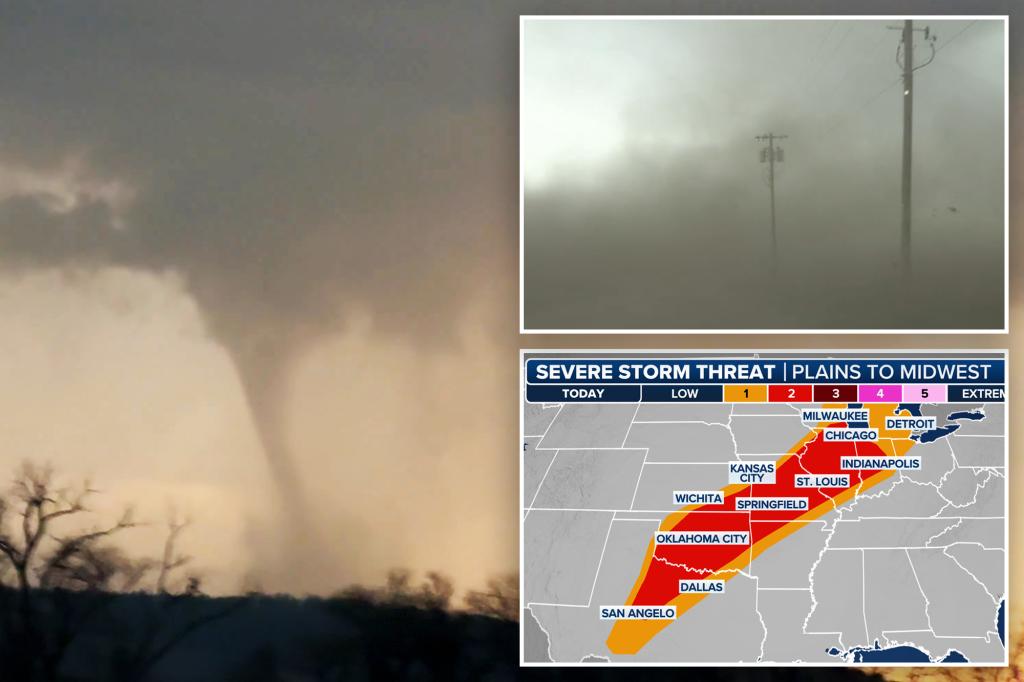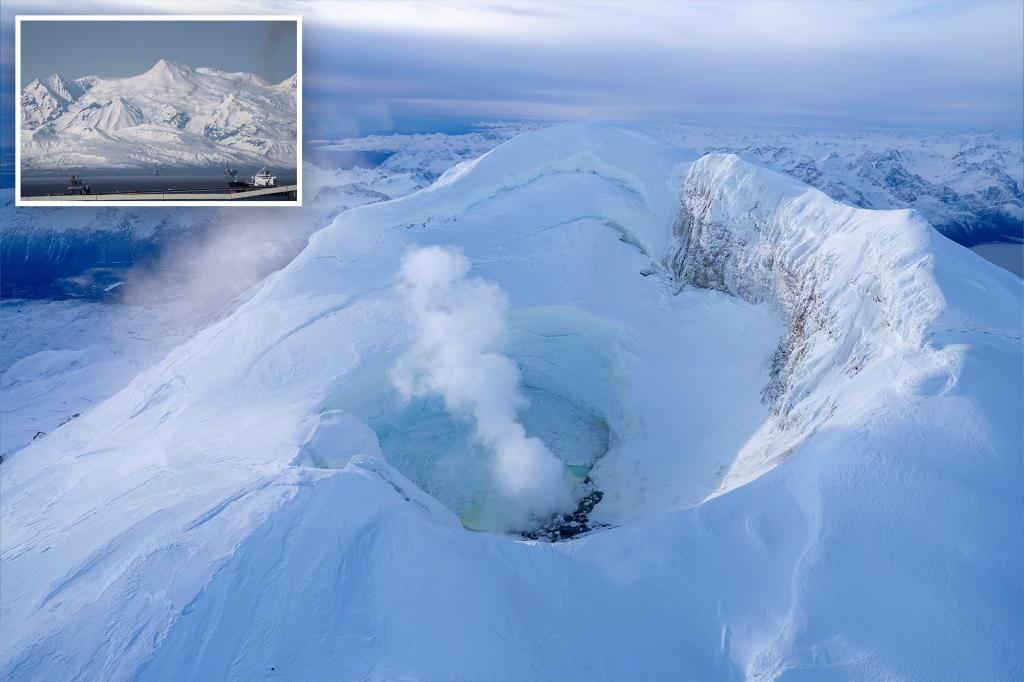California on Fire: Understanding the Long-Term Impact of Liberal Policies
For decades, California has grappled with devastating wildfires that have not only destroyed homes and wildlife but have also raised critical questions about the role of policy decisions. As wildfire seasons become increasingly severe, many residents and experts are examining whether liberal policies have contributed to the state’s ongoing struggle with environmental and social challenges. This article delves into the multifaceted implications of these policies, exploring their long-term impacts on California’s landscapes, communities, and future resilience.
The Historical Context of Wildfires in California
Wildfires are not a new phenomenon in California. The state has a long history of fires fueled by its dry climate, vegetation, and Santa Ana winds. However, the scale and frequency of these wildfires have dramatically increased over the last few decades. This escalation correlates with various factors, including climate change, urban development, and, importantly, policy decisions.
Since the early 2000s, California has experienced an alarming trend in wildfire intensity and destruction. Major incidents, such as the 2018 Camp Fire, which resulted in the loss of over 18,000 structures and 85 lives, have highlighted the urgency of addressing this crisis. As we examine the role of liberal policies in this context, it’s essential to consider both environmental regulations and social initiatives that have shaped California’s response to wildfires.
Environmental Regulations and Land Management Policies
Liberal policies in California often emphasize stringent environmental regulations aimed at preserving natural resources and protecting ecosystems. While these regulations are essential for safeguarding biodiversity, they can occasionally conflict with proactive fire management strategies. For instance:
- Controlled Burns and Thinning: Many environmental policies prioritize the protection of certain habitats, which can hinder the implementation of controlled burns or forest thinning practices. These methods are crucial for reducing dry underbrush that fuels wildfires.
- Restrictions on Land Development: While limiting development can protect wildlife habitats, it also leads to increased population density in urban areas adjacent to wildlands. This proximity raises the risk of catastrophic fires impacting communities.
Moreover, the push for certain conservation efforts can inadvertently create environments more susceptible to wildfires. For example, the preservation of dense forests without adequate management can lead to a buildup of fuel that becomes a significant fire hazard.
Climate Change Policies and Their Implications
California has taken bold steps to combat climate change through ambitious policies aimed at reducing greenhouse gas emissions. However, some critics argue that these policies may have unintended consequences on wildfire risk. The state’s commitment to renewable energy, while commendable, has often placed a strain on existing infrastructure and resources necessary for effective fire management.
In particular, the focus on transitioning to renewable energy sources can divert funding and attention away from essential fire prevention initiatives such as:
- Fire Station Funding: Budget allocations for fire services have sometimes been overshadowed by investments in renewable energy projects, potentially limiting the resources available for firefighting and prevention.
- Emergency Response Improvements: Striving for a greener future may result in insufficient upgrades to emergency response systems that are crucial during fire crises.
Social Policies and Community Impact
Beyond environmental regulations, social policies also play a significant role in shaping California’s wildfire landscape. Liberal policies often prioritize social equity and housing affordability, but these initiatives can complicate fire management efforts.
For instance, the push for affordable housing has led to increased development in high-risk wildfire zones. While addressing housing shortages is critical, building in areas prone to fire can endanger lives and property. The challenge lies in balancing the need for housing with the imperative to protect vulnerable communities from the destructive forces of nature.
The Role of Public Awareness and Education
Another important aspect of California’s struggle with wildfires is public awareness and education. Liberal policies often emphasize community engagement and education, yet many residents remain unaware of how to prepare for wildfires or mitigate their risks. This lack of knowledge can exacerbate the consequences of wildfires, leading to unnecessary loss of life and property.
By investing in comprehensive public education campaigns about fire safety, preparedness, and the importance of creating defensible space around homes, California can empower residents to take proactive measures. Such initiatives can significantly enhance community resilience against wildfires.
Looking Forward: The Need for a Balanced Approach
As California continues to confront the challenges of wildfires, it is imperative to adopt a balanced approach that integrates environmental stewardship with effective fire management. The state must reassess its policies to ensure they do not inadvertently contribute to the worsening wildfire crisis.
Some potential strategies include:
- Enhancing Forest Management Practices: Implementing more aggressive fuel reduction programs, including controlled burns and selective logging, can help mitigate wildfire risks while still respecting environmental concerns.
- Strategic Urban Planning: Re-evaluating zoning regulations to prevent high-density development in wildfire-prone areas can protect communities and reduce risk.
- Investing in Fire Services: Ensuring adequate funding for firefighting resources, personnel, and technology is crucial for effective response and risk management.
- Public Education Initiatives: Launching campaigns to educate residents about fire risks, preparedness, and safety measures can empower communities to better protect themselves.
Conclusion
California’s battle against wildfires is a complex interplay of environmental realities and policy decisions. While liberal policies aim to protect the state’s natural beauty and promote social equity, they must also evolve to address the pressing threat of wildfires. By taking a comprehensive and balanced approach, California can pave the way for a safer, more resilient future—one where both people and the environment can thrive together.
As the state continues to face the reality of wildfires, ongoing dialogue, thoughtful policy adjustments, and community engagement will be essential in ensuring the long-term health of California’s landscapes and its residents.
See more Your Daily Weather



